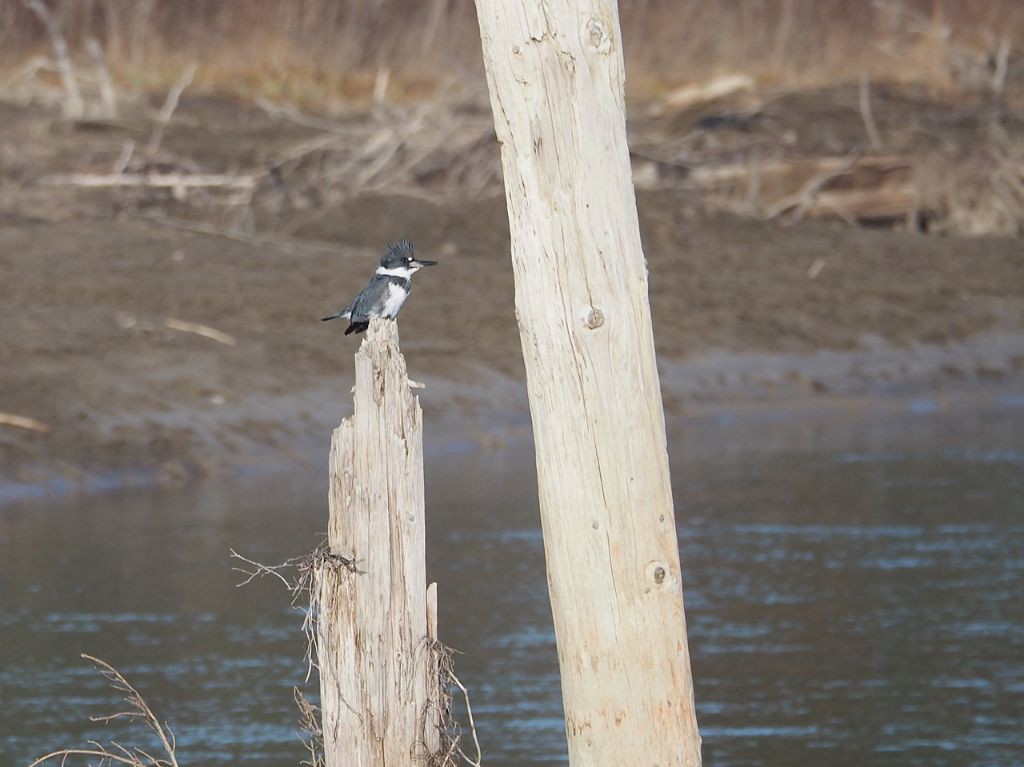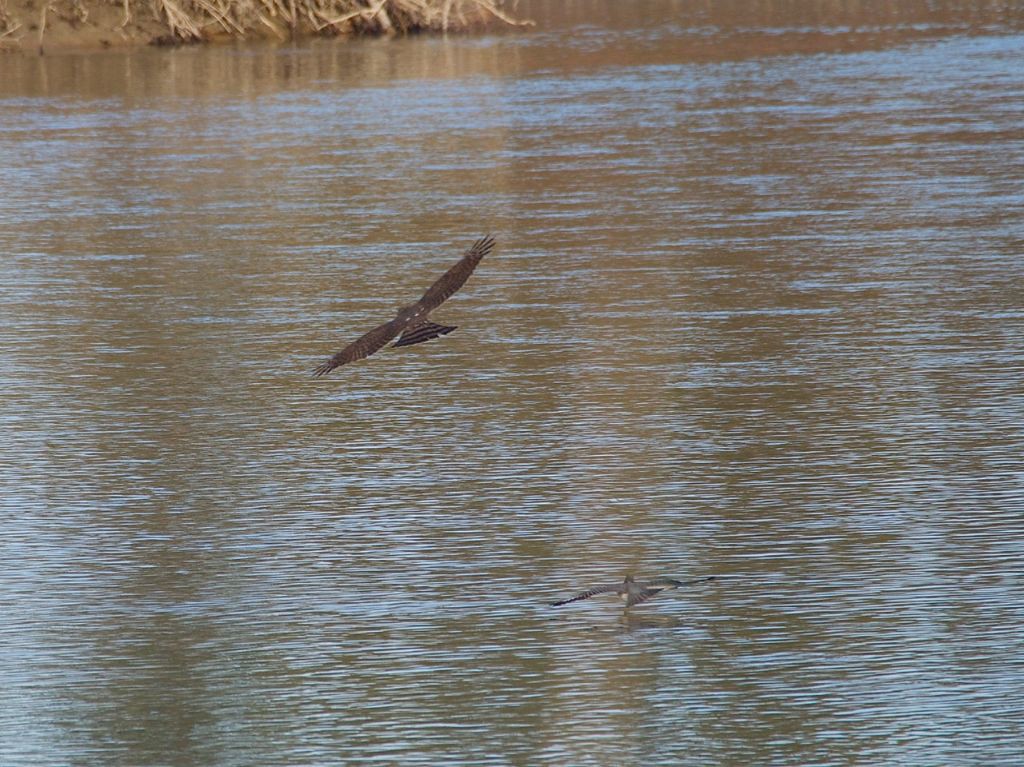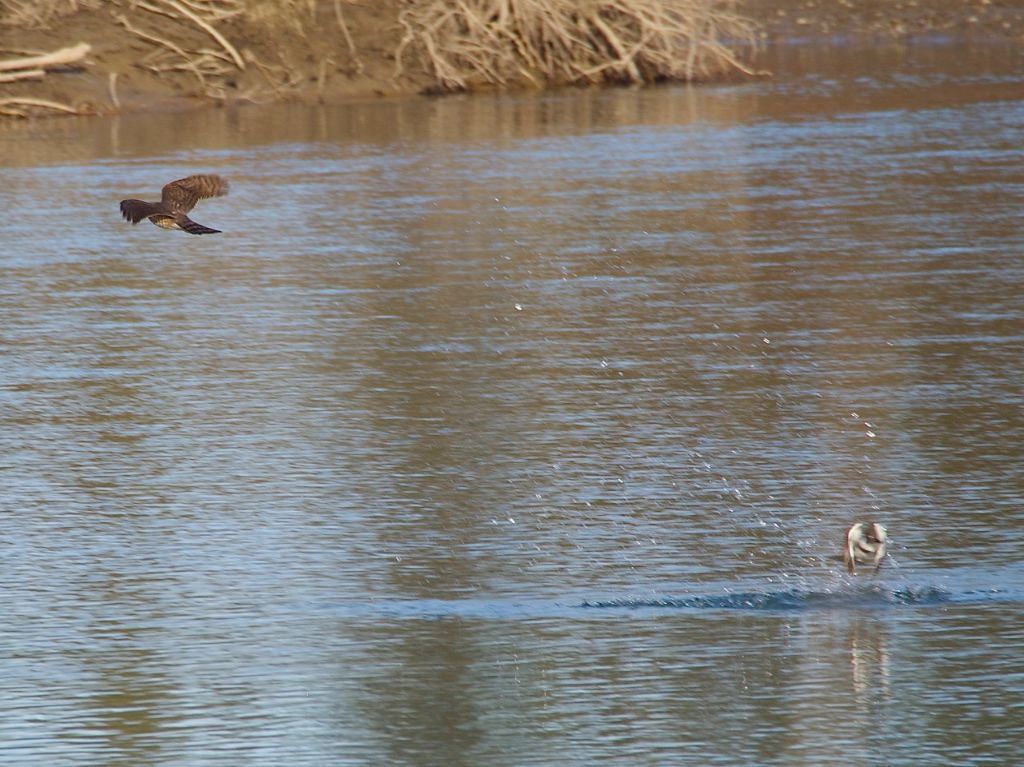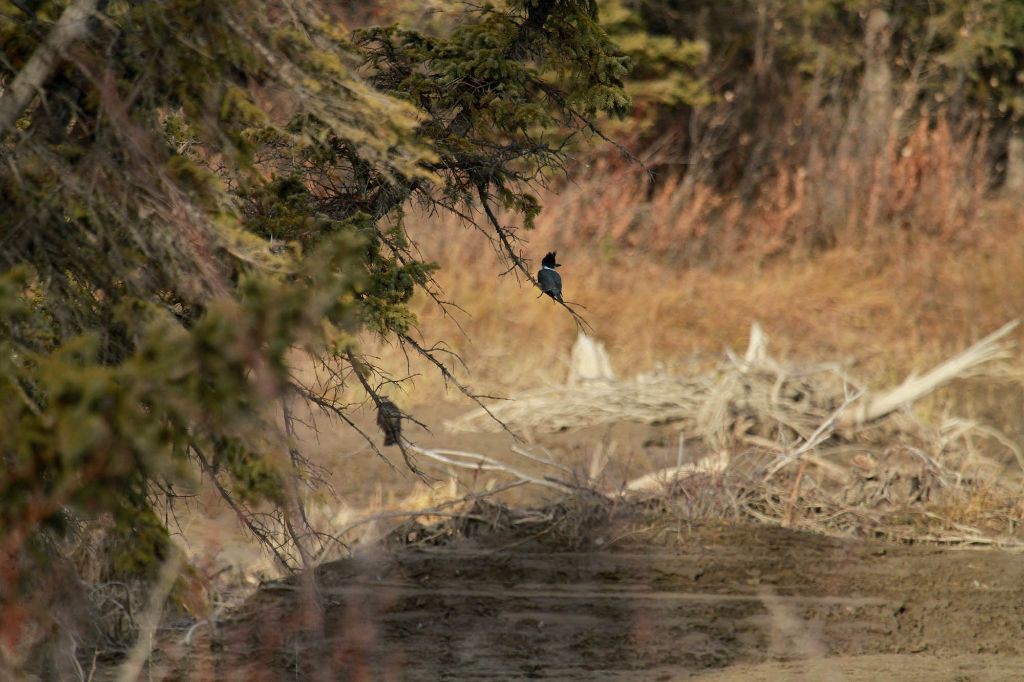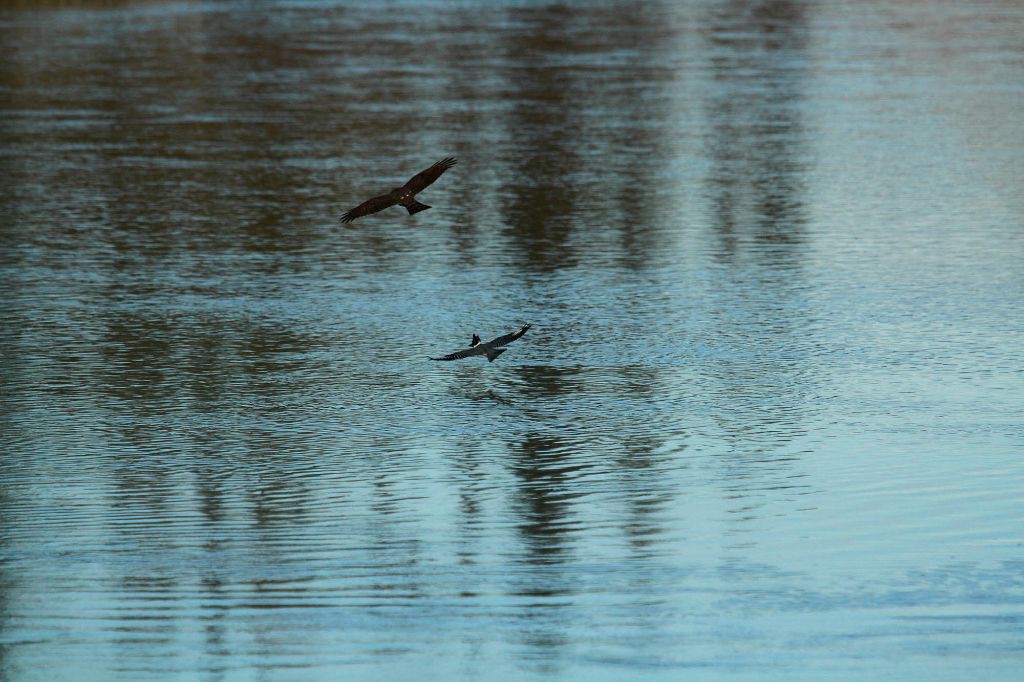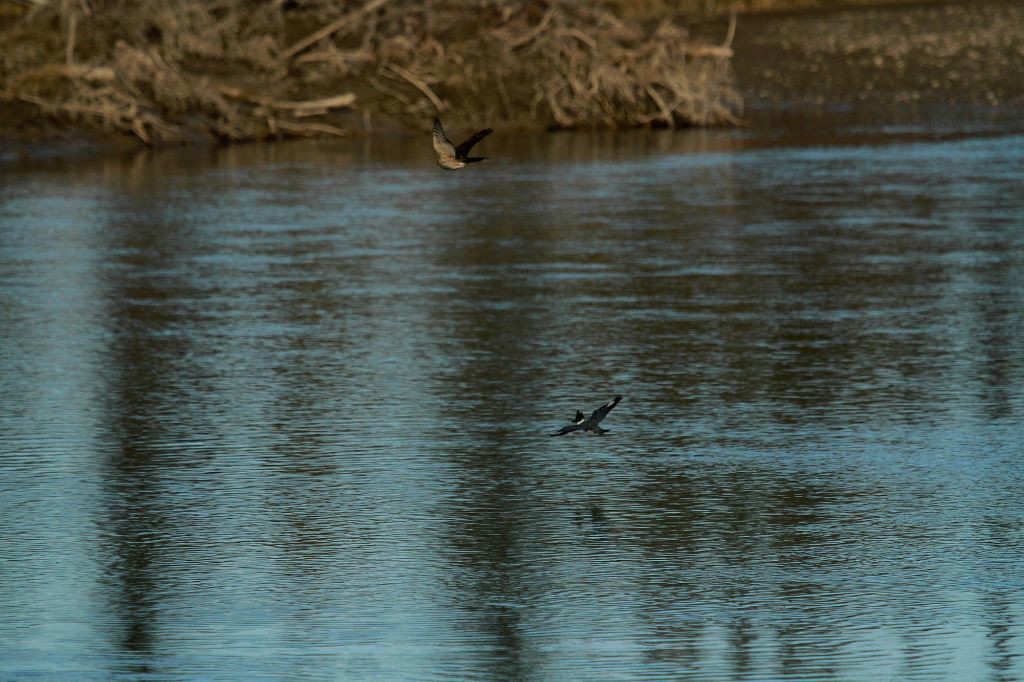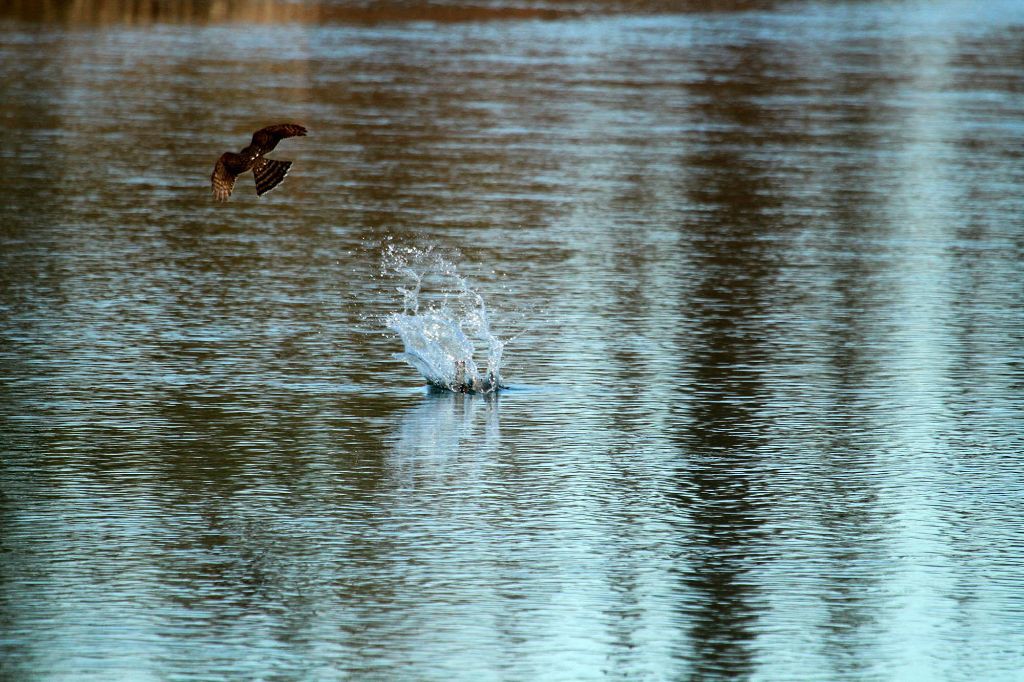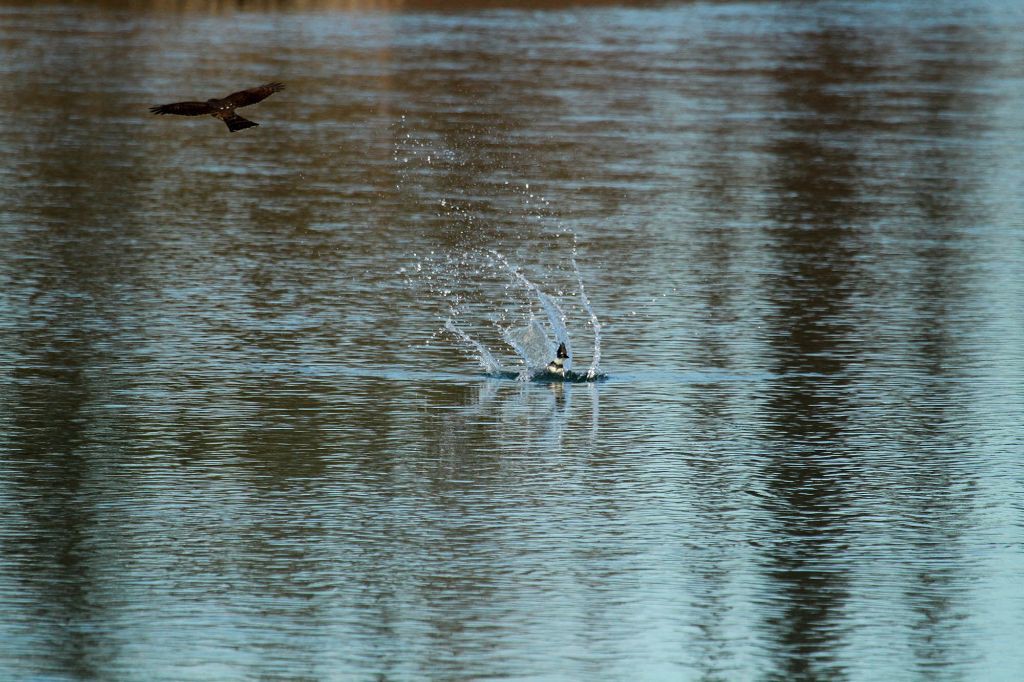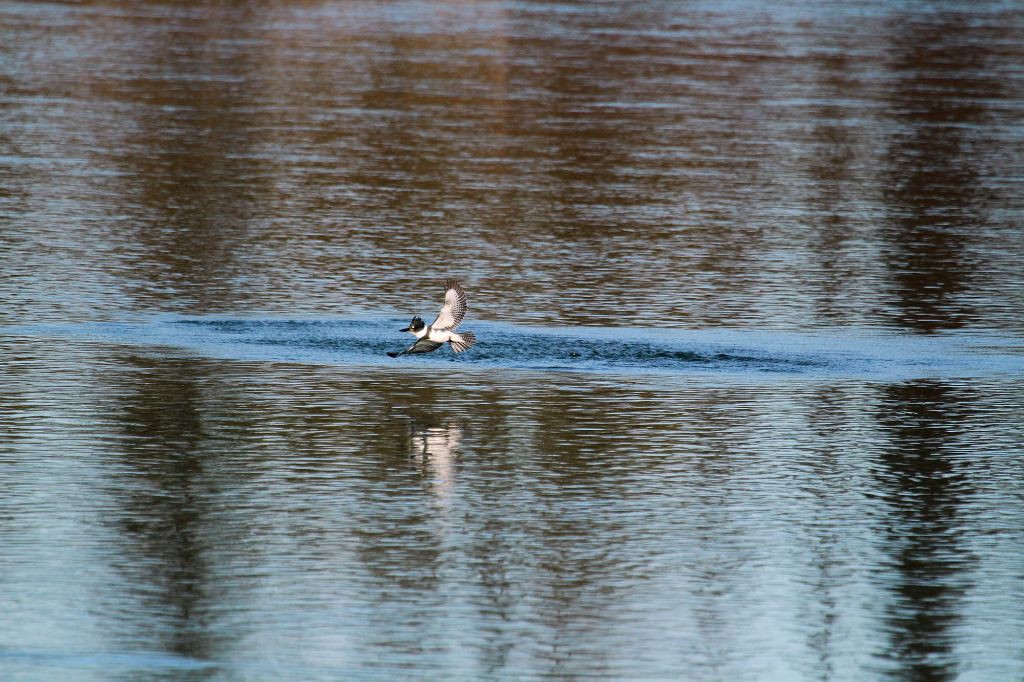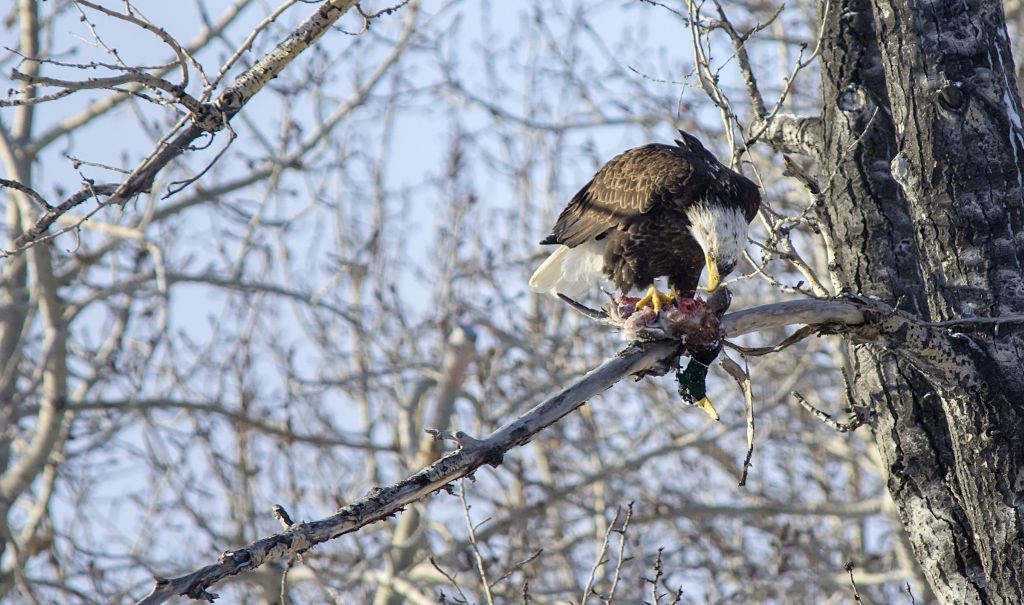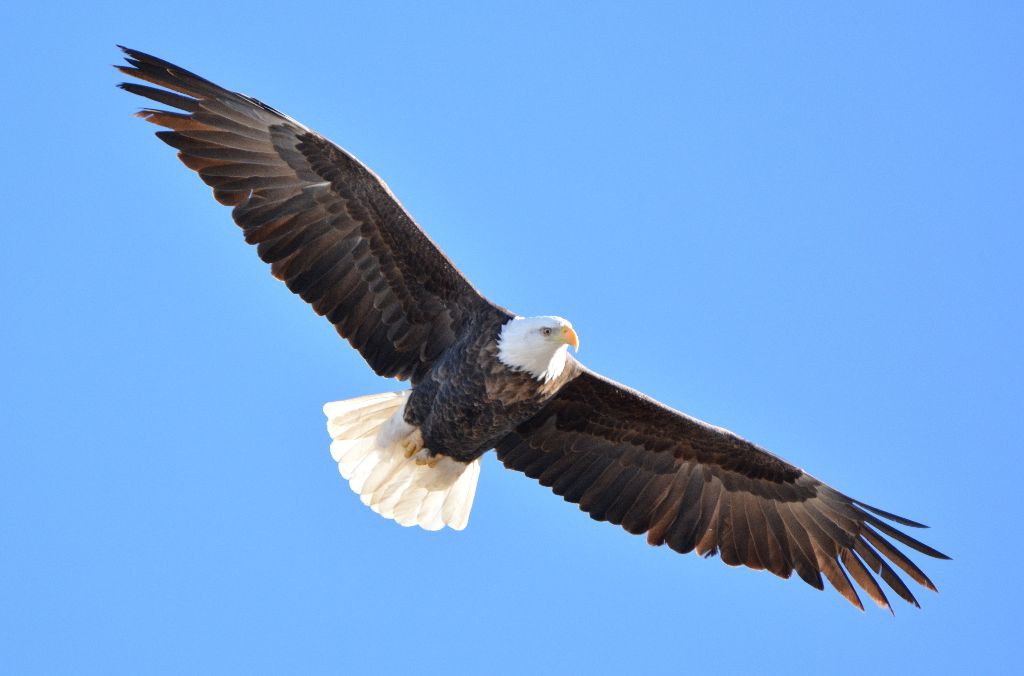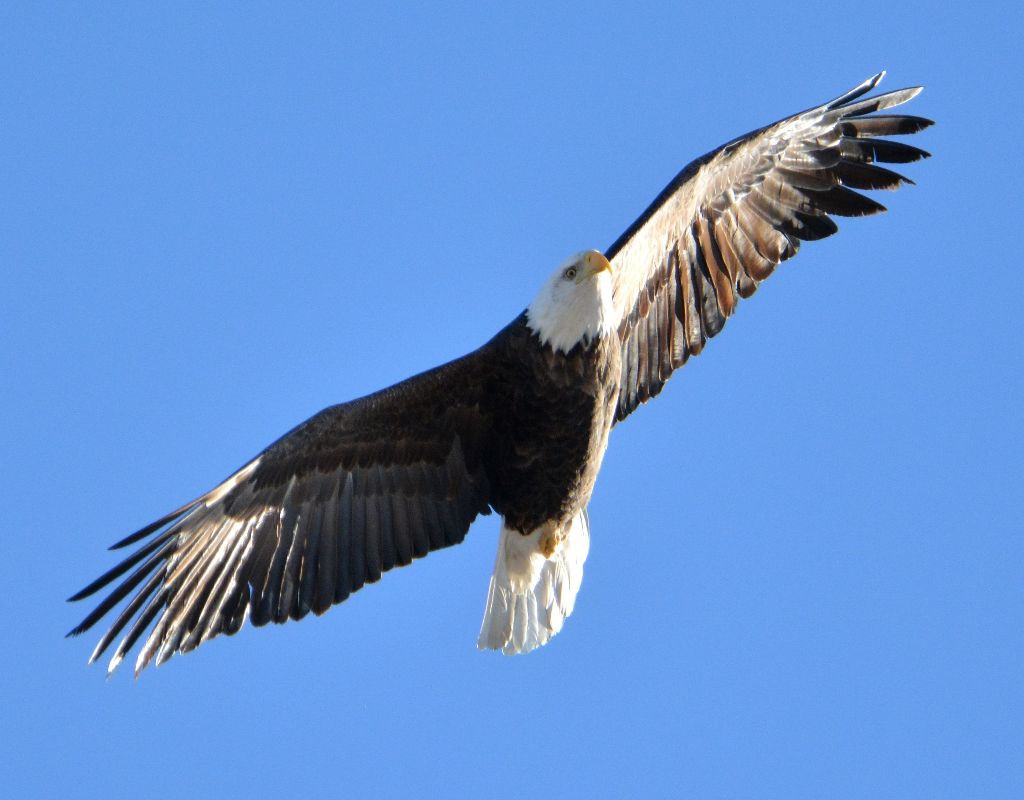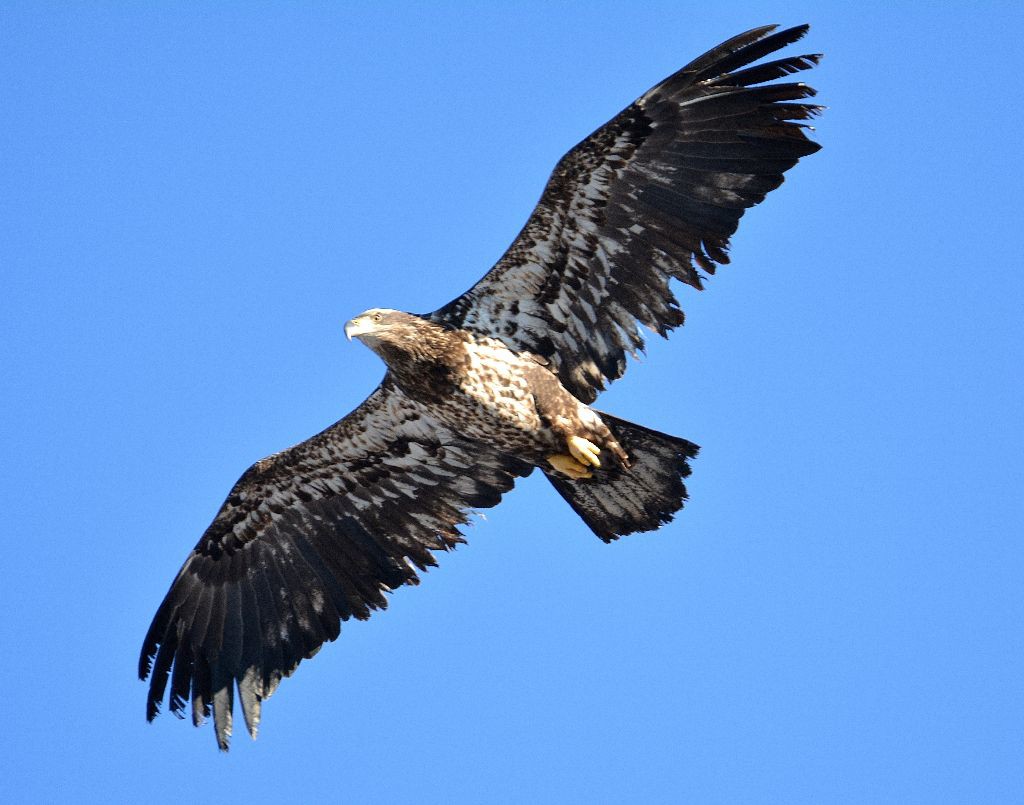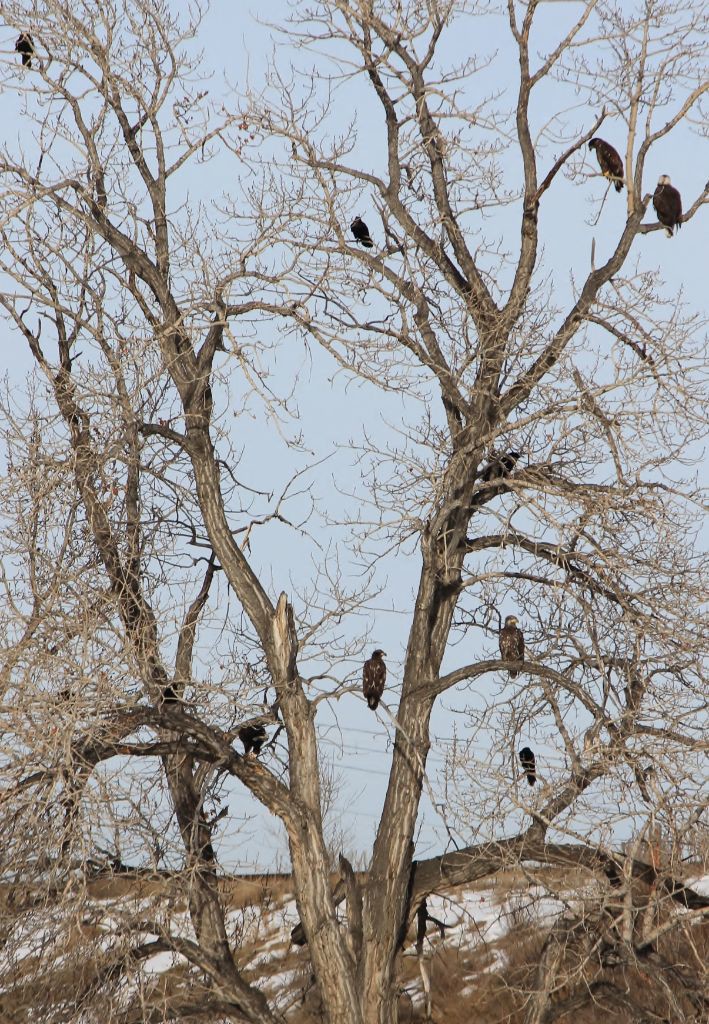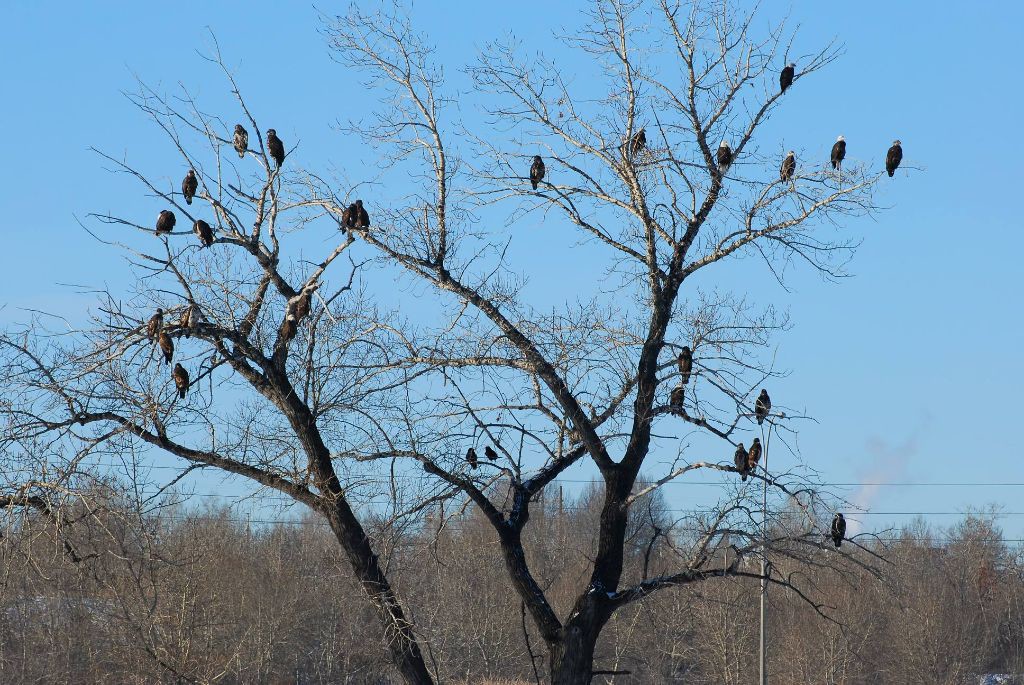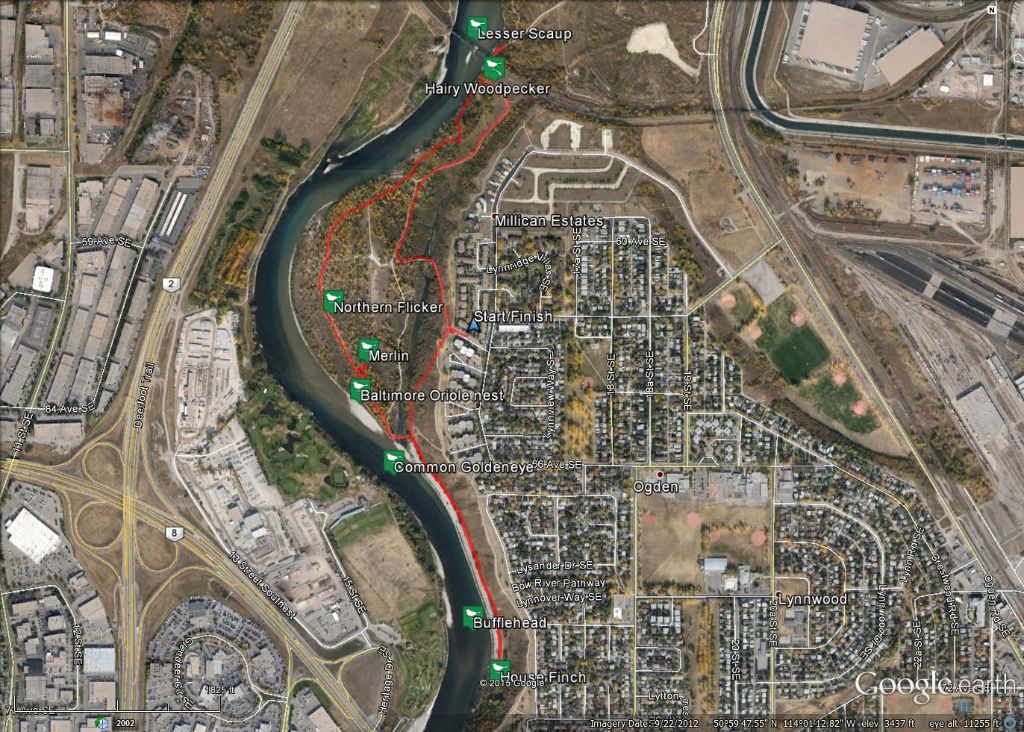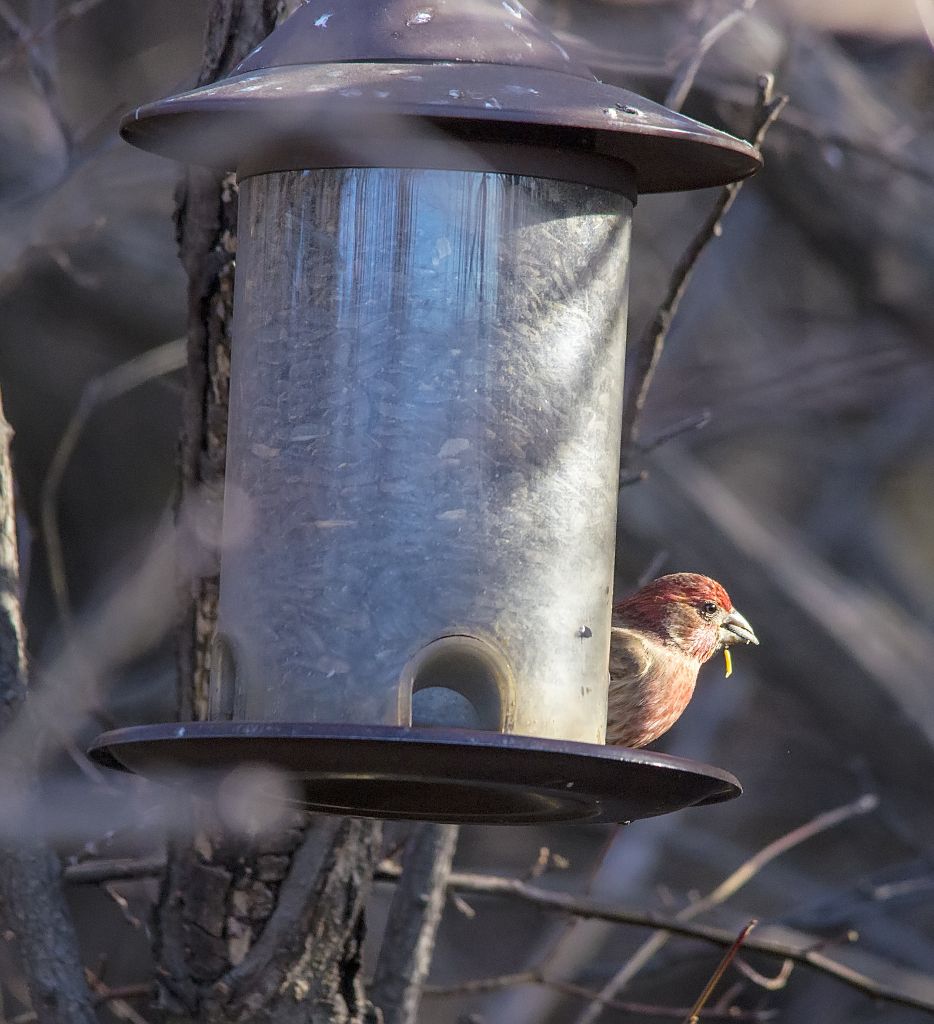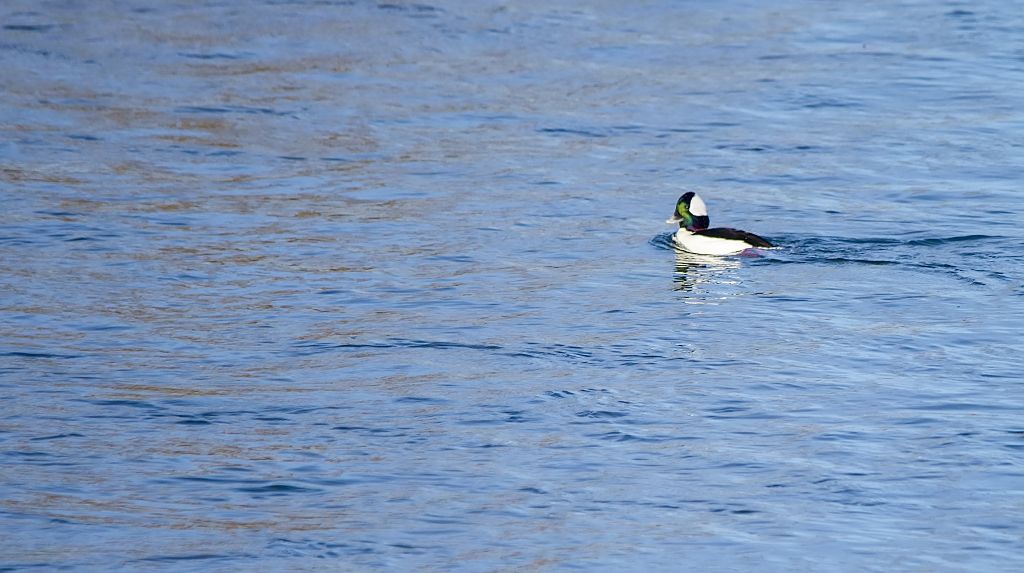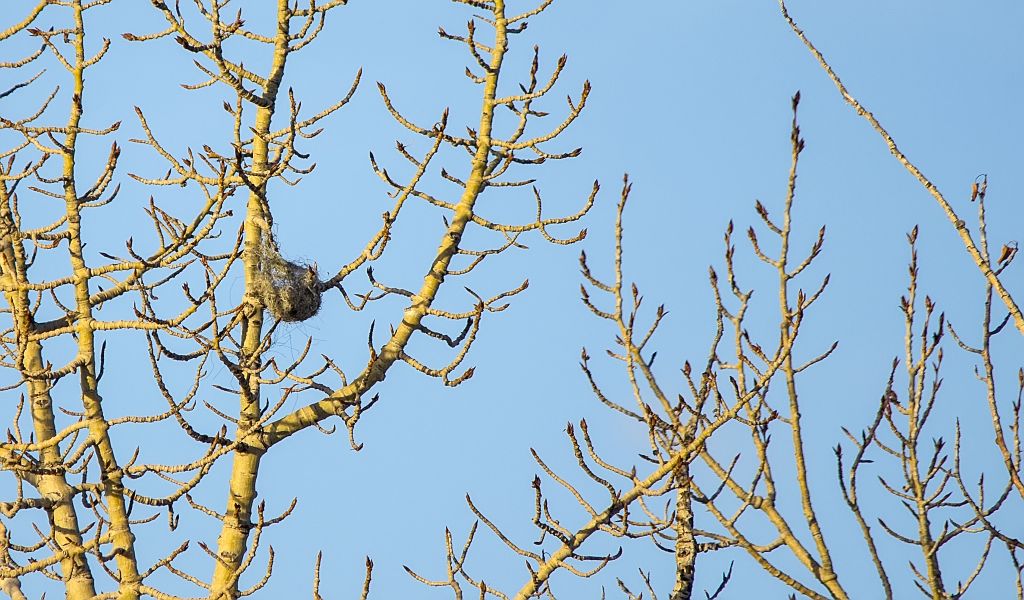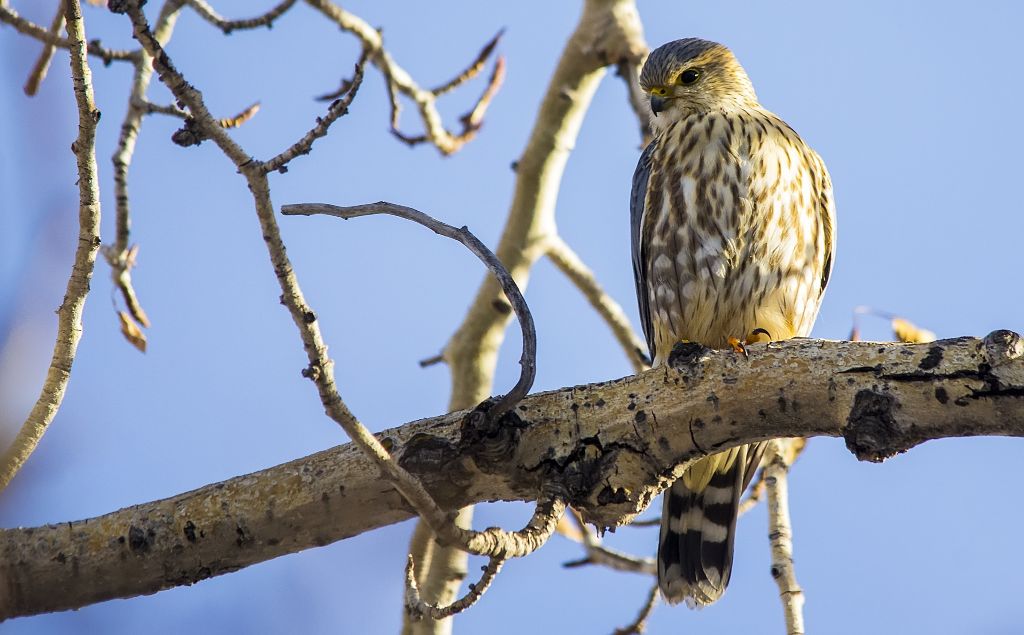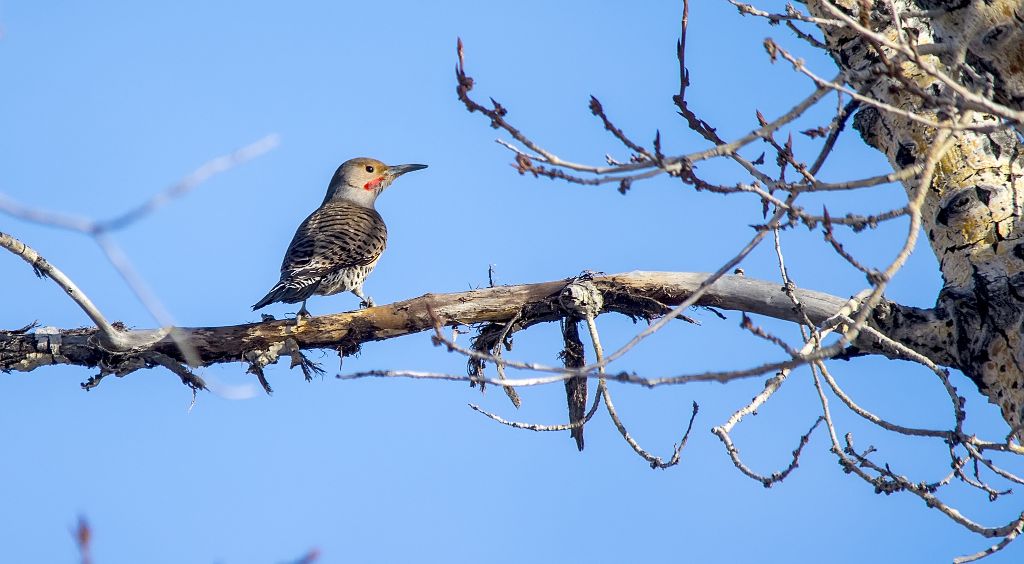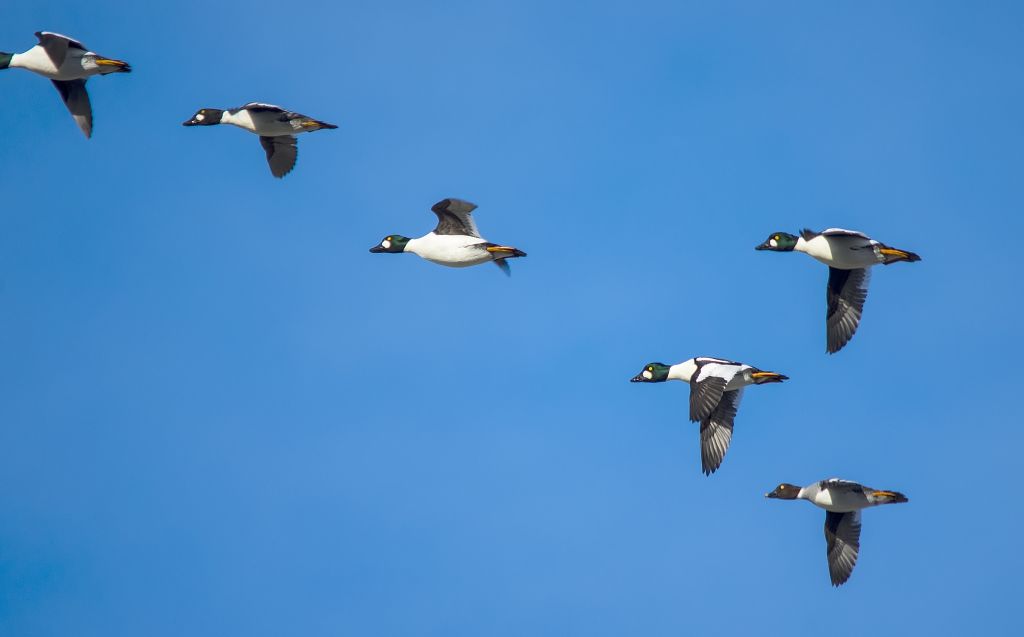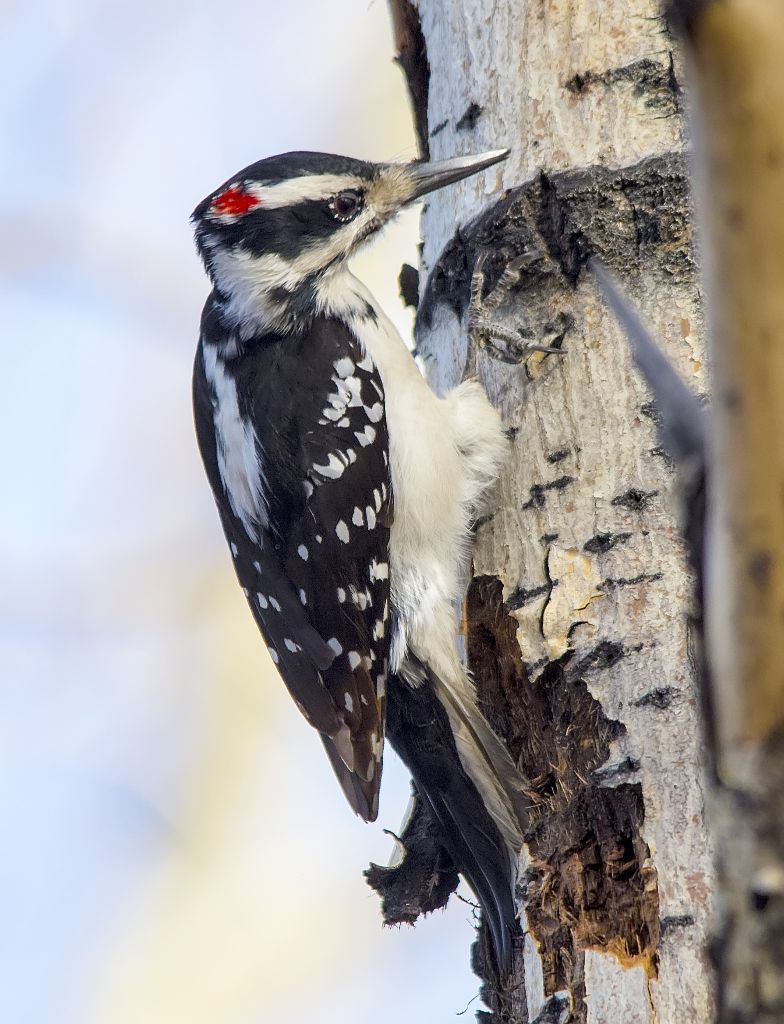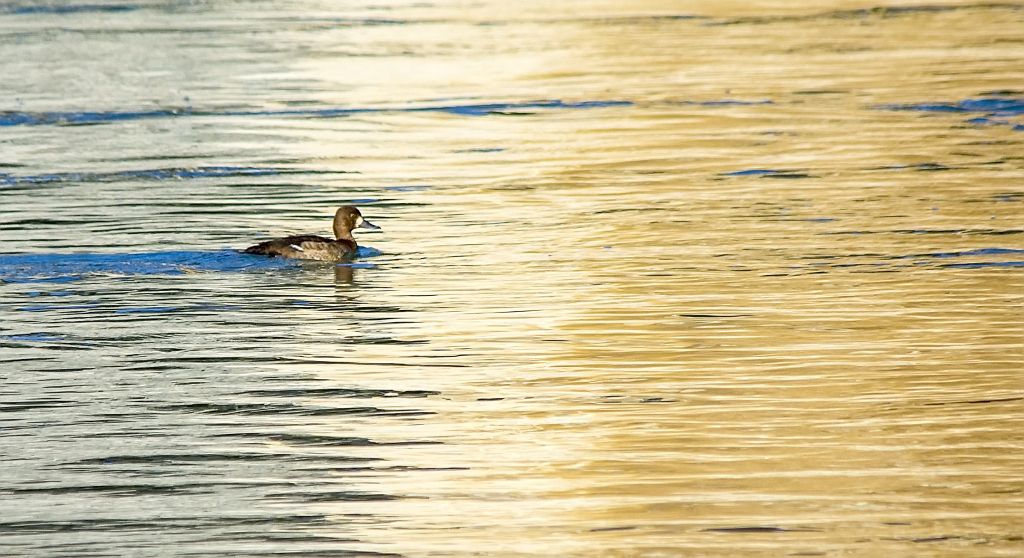Posted by Dan Arndt
Another week in Fish Creek and the signs of spring were all around us. While the morning was the coldest one of the week, topping out at -2 Celcius, the starlings were practicing their imitation calls, the Great Horned Owls were comfortably hunkered down in their nests, and the waterfowl were courting in preparation for the breeding season to come.
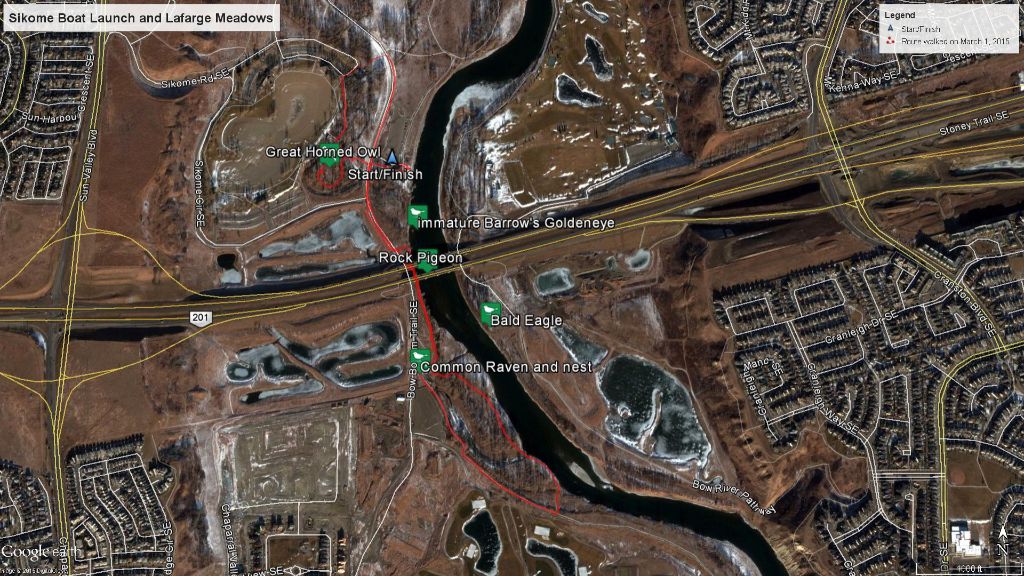
Fish Creek Provincial Park – March 1, 2015
Our goals were to find two pairs of Great Horned Owls in the east end of Fish Creek Provincial Park, hopefully see some other waterfowl and early migrants along the river, and whatever else we might find in our travels.
We found one of our first targets less than fifteen minutes after our walk started. After checking out the waterfowl near the boat launch, we headed west into the grove of trees near Sikome Lake, where for the last five years a pair of Great Horned Owls have successfully fledged two or three owlets each year. While mom was well hidden, we did find dad out on one of his regular roosts a few dozen meters away from the usual nest site with a good view of the surrounding area. I think he was hoping we wouldn’t see him, and kept peeking one eye open from time to time as we walked by.
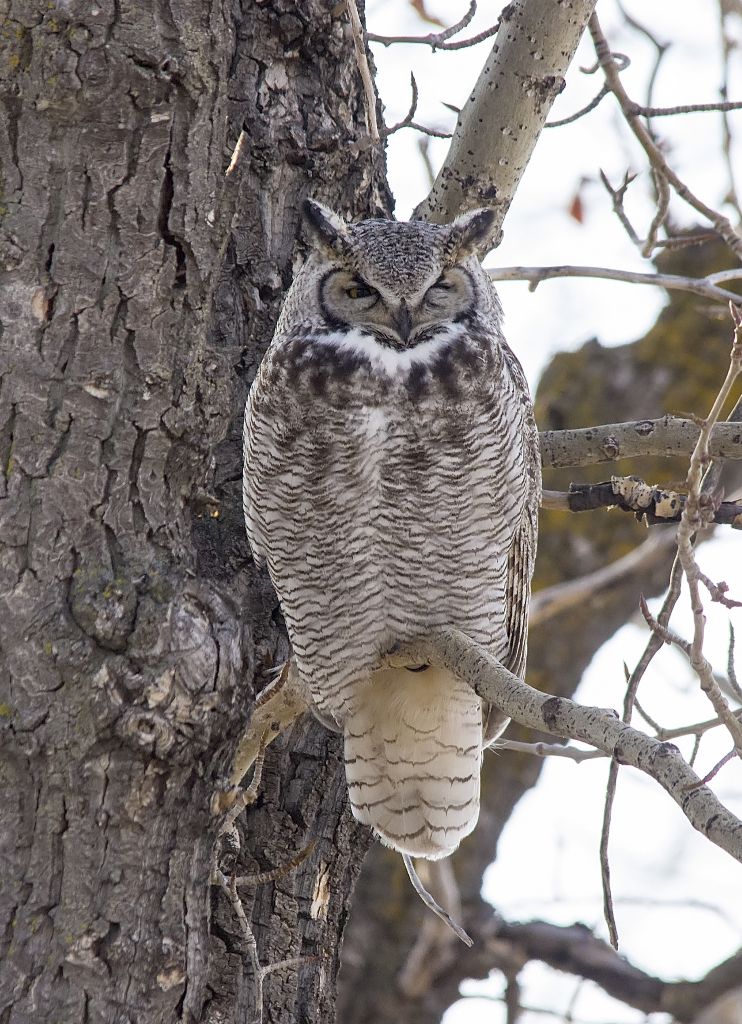
Great Horned Owl (male)
Pentax K-5 + Sigma 150-500@500mm
1/800sec., ƒ/8.0, ISO 1600
We did a loop around the east edge of the lake looking for a shrike, woodpecker, or nuthatches, but found relatively few small birds in their usual spots that morning, and it wasn’t until we got down to the bridges over the Bow River that we finally found something worth shooting. The Rock Pigeons nest under this bridge every year, and it’s one of the most reliable places in the park to find this urban species. They are quite often overlooked as “trash birds”, but they still have some rather amazing coloration on their breast feathers.
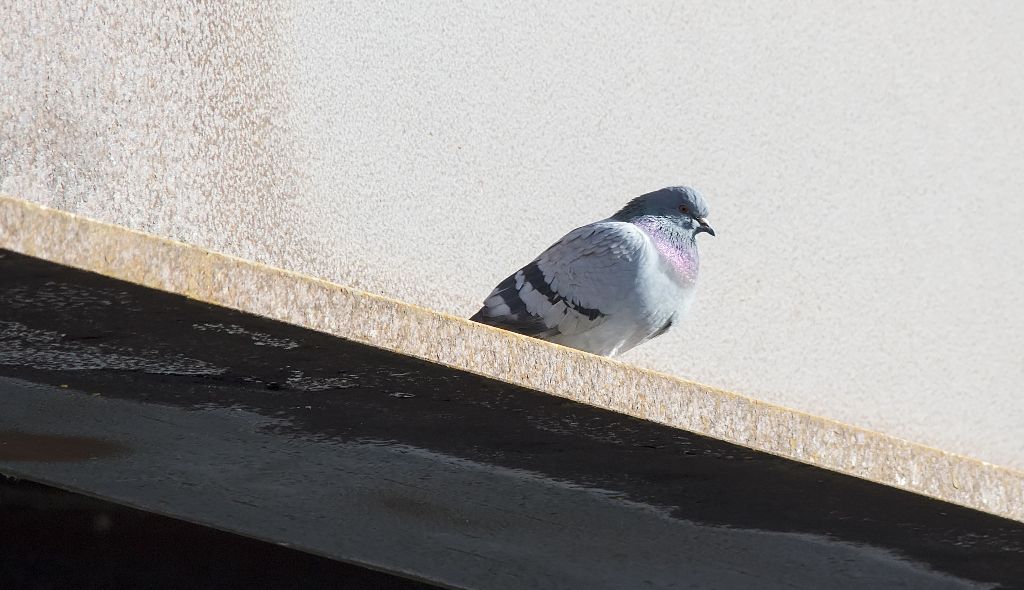
Rock Pigeon
Pentax K-5 + Sigma 150-500@500mm
1/1250sec., ƒ/8.0, ISO 1250
As has been fairly regular this winter, we did get a flyover of a few Bald Eagles along our walk. As these eagles would fly over, the reaction from the waterfowl on the river would be quite varied. In some cases, only a couple would flush up off the water, but when a hungry eagle would pass over, the river would be almost entirely devoid of birds a few moments later. It’s amazing that they can tell whether the eagle is actively hunting, or just passing through at that distance. Does this Bald Eagle look like a hungry one, or a sated one to you?
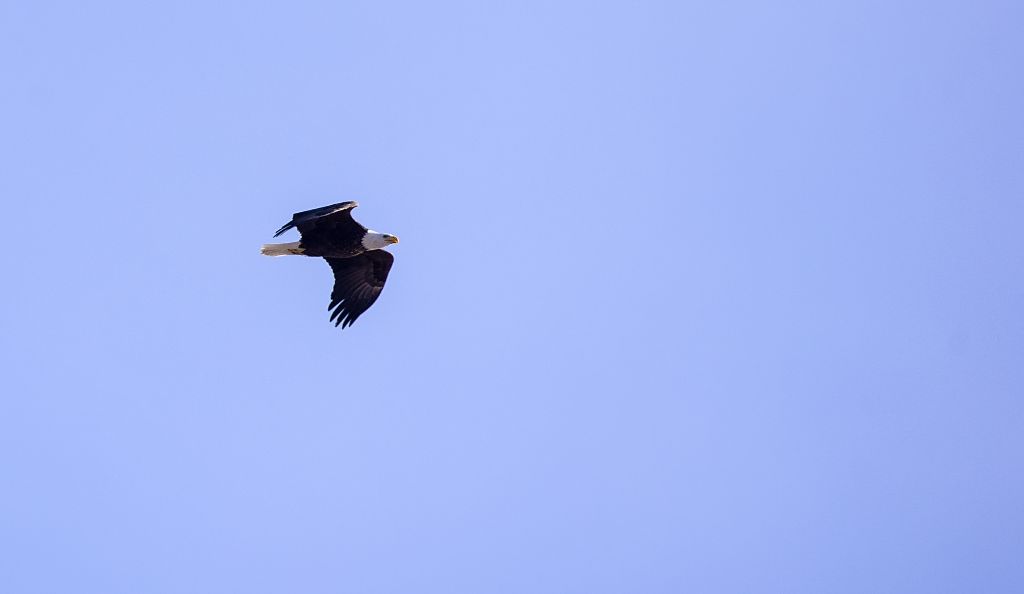
adult Bald Eagle
Pentax K-5 + Sigma 150-500@500mm
1/1250sec., ƒ/8.0, ISO 640
We also found a pair of Common Ravens putting together a nest in the same tree where they had nested the last few years. Whether these are the same pair as before, one of their offspring, or just another pair nesting in a particularly enviable nesting location, it was great seeing them going through the motions of preparing their nest for the year.
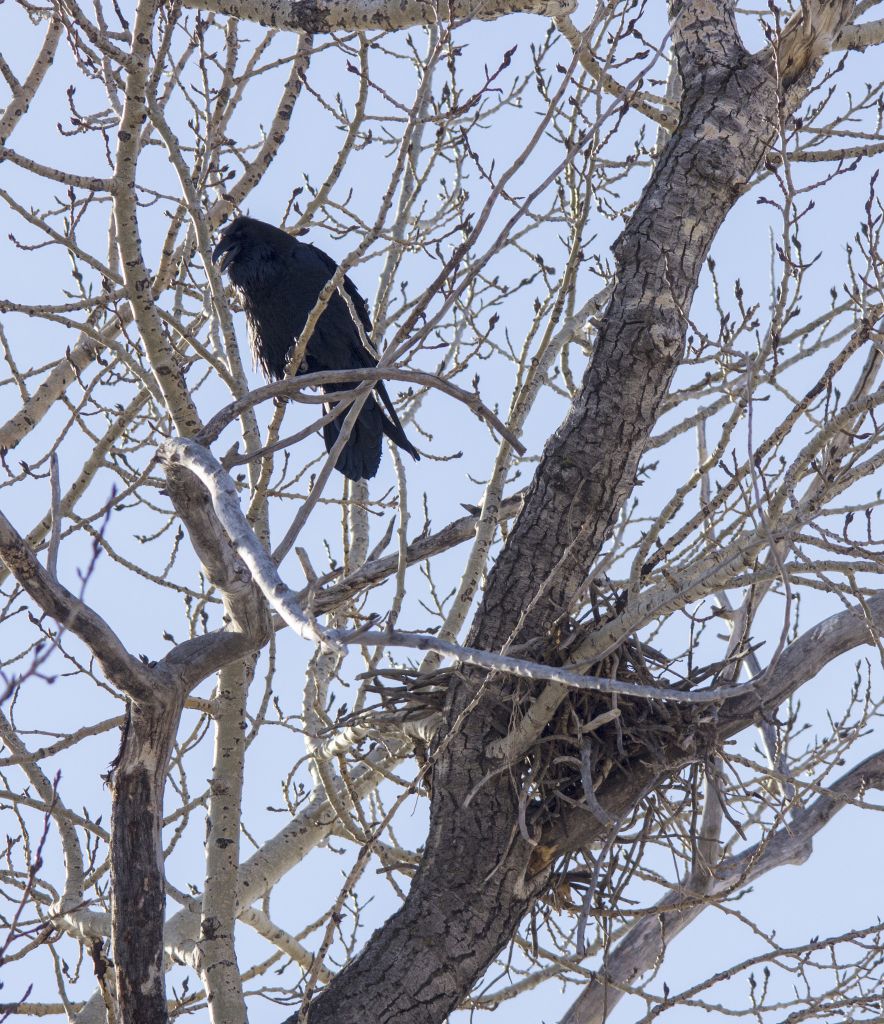
Common Raven
Pentax K-5 + Sigma 150-500@250mm
1/1250sec., ƒ/8.0, ISO 800
Coming back under the bridge, we also spotted the male Common Goldeneyes displaying for the few females that may still be unpaired, and among a small group of Common Goldeneye, a single immature Barrow’s Goldeneye stood out from the rest.
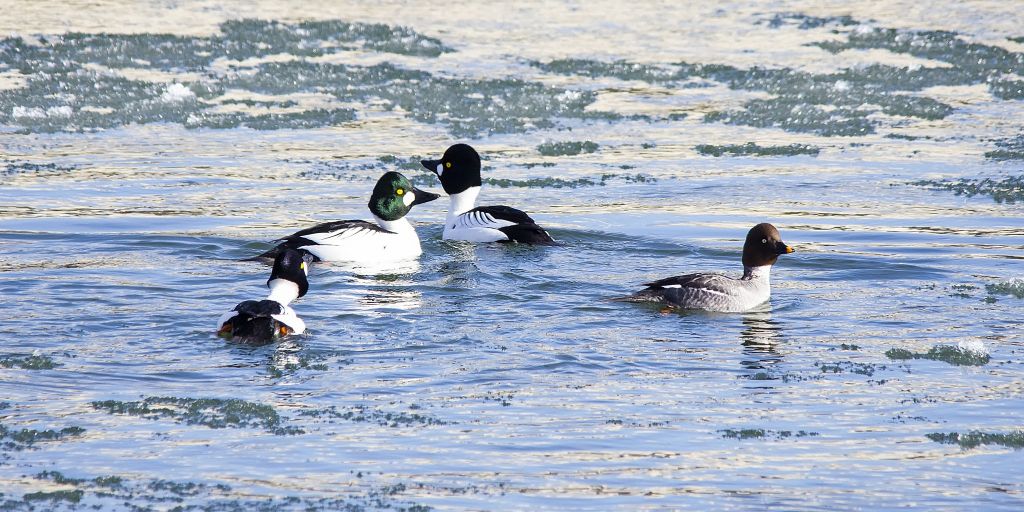
Common Goldeneyes displaying
Pentax K-5 + Sigma 150-500@500mm
1/1250sec., ƒ/8.0, ISO 1600
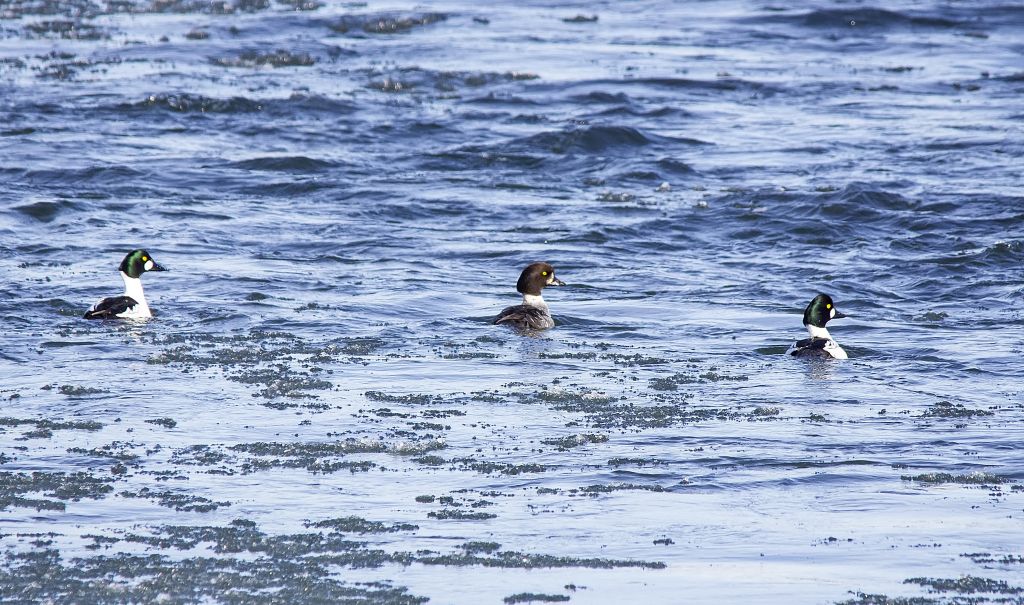
Common (left, right) and immature Barrow’s (middle) Goldeneye
Pentax K-5 + Sigma 150-500@500mm
1/1250sec., ƒ/8.0, ISO 1600
Once we were done our loop at the south-east end of the park, we headed up toward the Headquarters building to find a second pair of Great Horned Owls, and to see if we could find any of the early arriving waterfowl that we missed out on a few weeks ago.
We did (barely!) find the Great Horned Owls in this area as well, though the female was very well hidden!
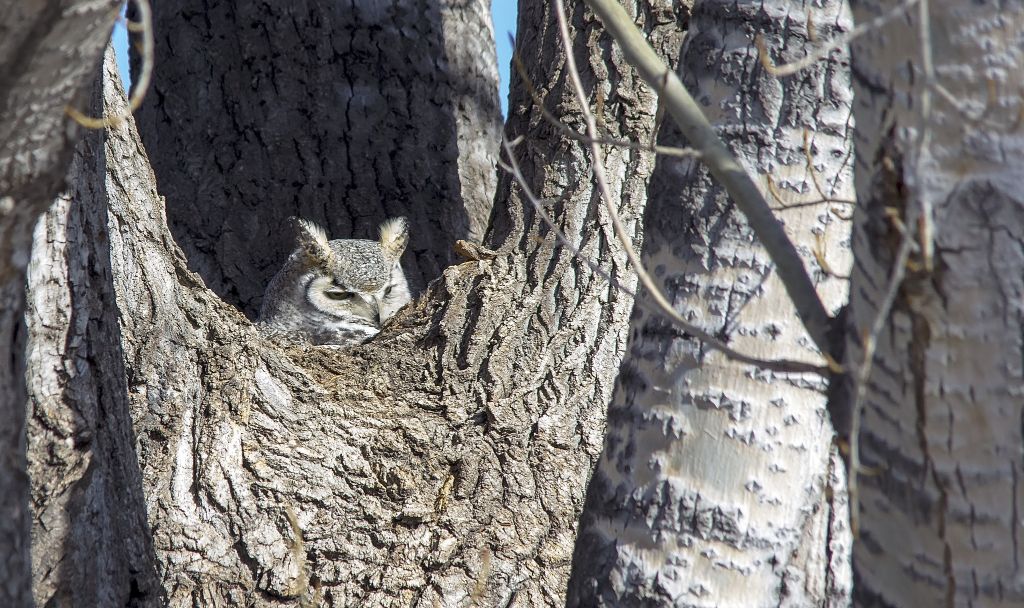
Great Horned Owl (female)
Pentax K-5 + Sigma 150-500@500mm
1/1250sec., ƒ/8.0, ISO 1600
We walked over to the river after coming up with our second owl pair of the morning, and as we came over the rise, this is what we saw.
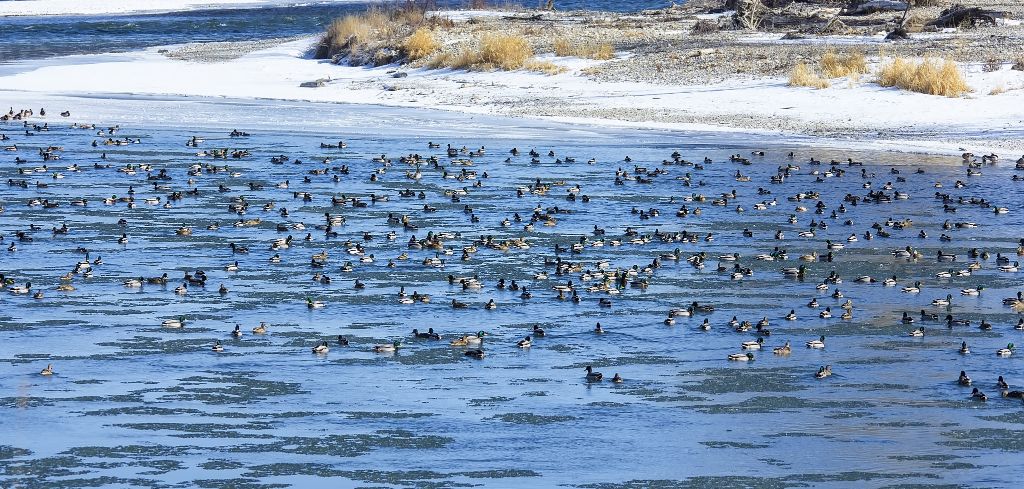
Mallards, Goldeneye, and a pair of Lesser Scaup
Pentax K-5 + Sigma 150-500@150mm
1/1250sec., ƒ/8.0, ISO 800
Can you spot the pair of Lesser Scaup? We also spotted the male Northern Pintail that has been hanging around this area for what might have been all winter long. A handsome male in full breeding plumage disappeared on us a few times as we worked on finding it and re-finding it for the time we were there scanning the group!
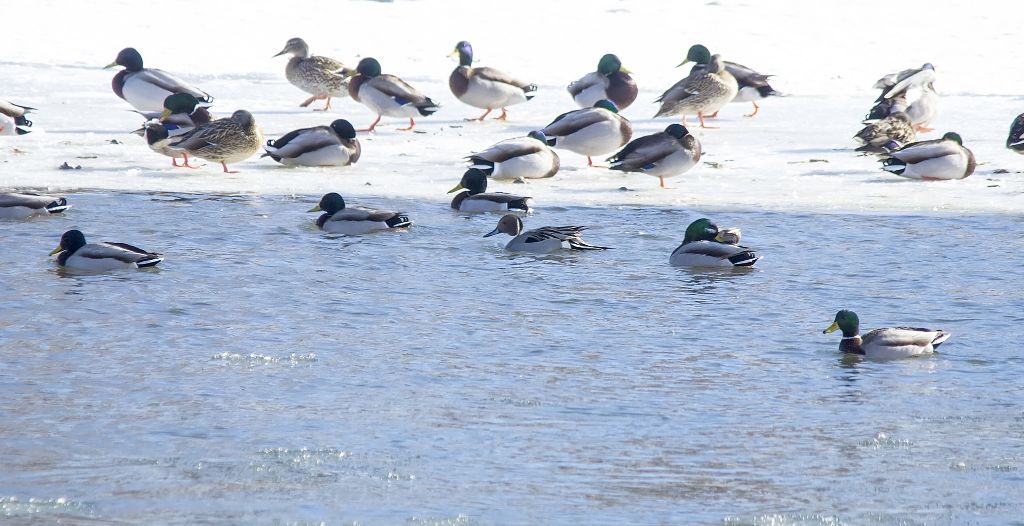
Northern Pintail (male)
Pentax K-5 + Sigma 150-500@500mm
1/1250sec., ƒ/8.0, ISO 1250
And that’s another week down before the real spring migration blitz comes our way! Have a great week, and good birding!
